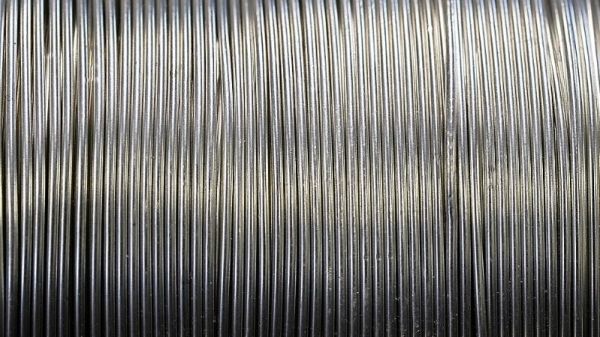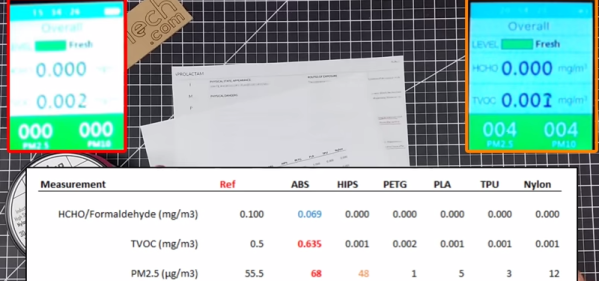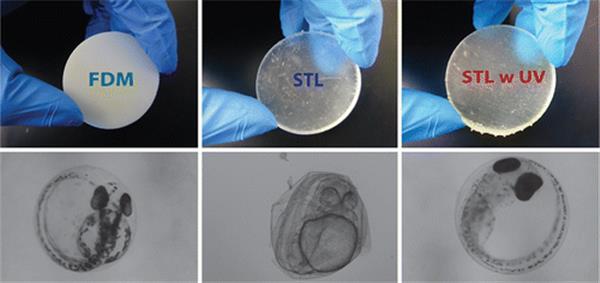Initially only seeing brief popular use as the filament in incandescent lighting, carbon fibers (CF) experienced a resurgence during the 20th century as part of composite materials that are lighter and stronger than materials like steel and aluminium, for use in aircraft, boats and countless more applications. This rising popularity has also meant that the wider population is now exposed to fragments of CF, both from using CF-based products as well as from mechanically processing CF materials during (hobby) projects.
It is this popularity that has also led to the addition of short CF sections to FDM 3D printing filaments, where they improve the mechanical properties of the printed parts. However, during subsequent mechanical actions such as sanding, grinding, and cutting, CF dust is created and some fraction of these particles are small enough to be respirable. Of these, another fraction will bypass the respiratory system’s dust clearing mechanisms, to end up deep inside the lungs. This raises the question of whether CF fragments can be carcinogenic, much like the once very popular and very infamous example of asbestos mineral fibers.
Continue reading “On Carbon Fiber Types And Their Carcinogenic Risks”
















